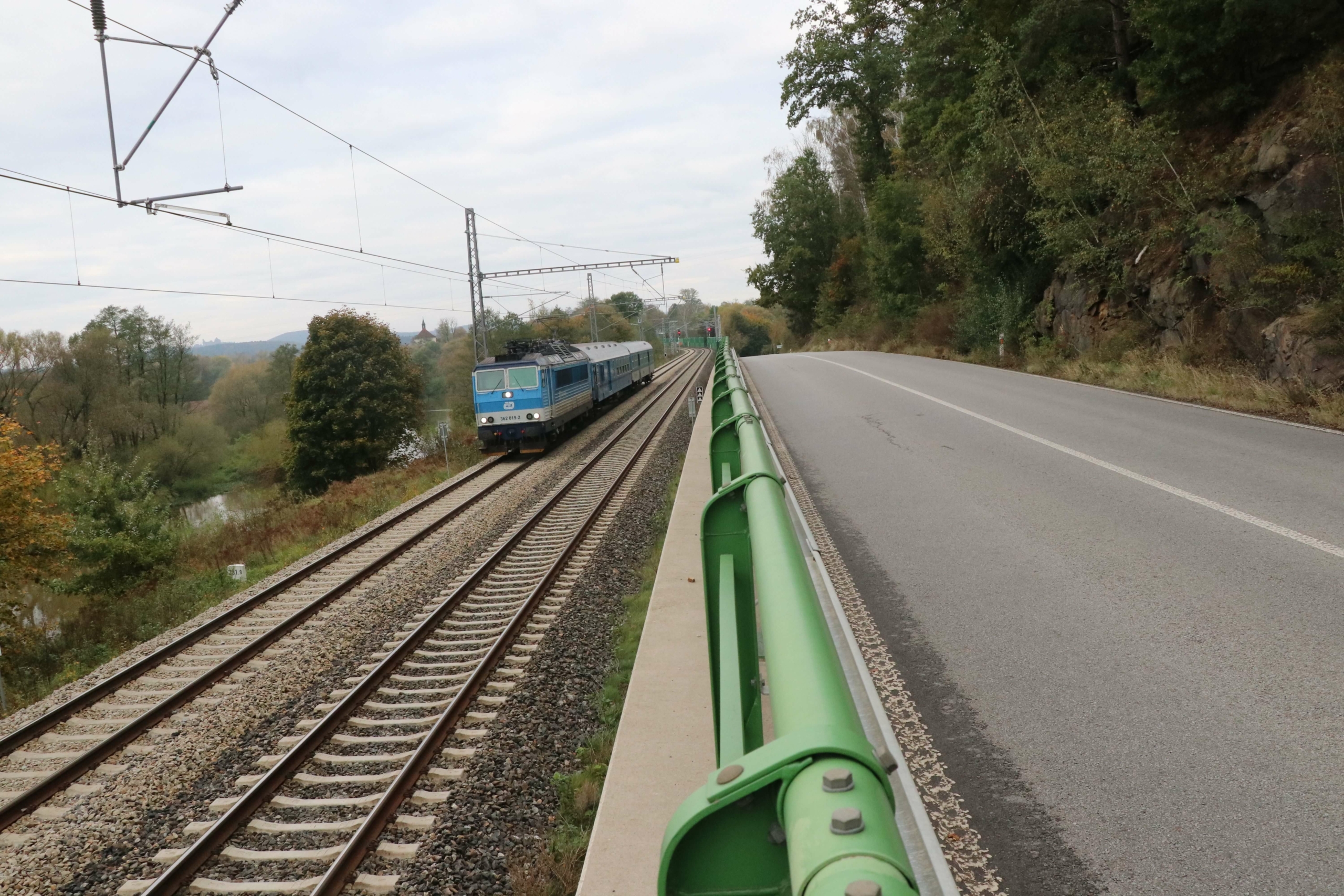If construction of a new linear transport infrastructure (e.g. road, railway or waterway) is planned to be built in parallel with existing linear infrastructure, the cumulative impact of this pairing of linear transport infrastructure (known as ‘bundling’) on ecological connectivity needs to be appropriately assessed (Figure 2.7.1). The assumption that bundling is the most efficient solution in terms of environmental impact is not always correct. In many cases the barrier effect of such transport corridors where several infrastructure are aligned is so strong that effective solutions to restore connectivity cannot not be applied.
Development of other type of infrastructure to produce energy, such as photovoltaic or wind mills, is being undertaken in association with transport corridors or even in the rights-of-way of existing transport infrastructure. Such projects also require particular assessment to avoid negative effects such as an increase of wildlife mortality or the lose or degradation of habitats associated to the infrastructure (HTI) which appropriately managed benefit biodiversity.
In infrastructure development corridors mitigation measures applied in each infrastructure must be designed considering a common mitigation approach. An example of a conflict is the construction of a wildlife passage on one infrastructure which can lead to a wildlife mortality increase on the parallel alignment, so the pair system can work as fatal ecological trap for wildlife. Aligning new transport infrastructure parallel to that which already exists is often preferred, because it avoids encroaching on adjacent landscapes. However, this solution almost always significantly impairs the ecological connectivity of the given area and building new infrastructure can create a need to implement extensive mitigation measures, in the new but also on the existing infrastructure.
Parallel alignment of multiple linear transport infrastructure is often the case in river valleys. Infrastructure delineated on a technically modified riverbank usually represents a total barrier for animals. The cumulative barrier effect of a parallel, double (or multiple) infrastructure depends on the type of infrastructure, mutual distances, and technical barriers between them, such as concrete walls. Dealing with permeability issues of each individual infrastructure in a transport corridor is not effective because it is always necessary to evaluate the permeability of the given corridor as a whole.
Measures to ensure permeability for wildlife must be applied considering the continuity across each infrastructure, so that a functional passage for fauna across all parallel transport infrastructures in the corridor can be developed. A similar situation occurs when a new power line is built in parallel with existing ones in areas with a high risk of bird collisions. If the powerlines are at different horizontal levels, it is necessary to equip new and existing lines with measures that make the wires visible to birds. Compensatory measures provided as part of the construction of new infrastructure can be useful to reduce the barrier effect of the original infrastructure.
